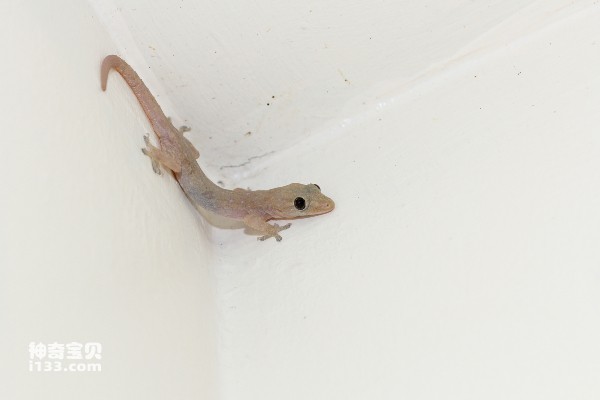Geckos are excellent reptiles that can move quickly on vertical or inclined surfaces such as walls and ceilings, mainly due to the structure and physiological characteristics of the gecko's body and their foot structure.

Here are the main reasons why geckos can climb walls:
Foot structure:
There are many tiny hair-like structures on the soles of geckos' feet. Each small structure is called a sole or toe plate, and these soles have many tiny branches. These plantar plates and tiny branches can form thousands of tiny suckers, which can create intermolecular adsorption forces.
The existence of these tiny plantar plates and toe plate structures allows the gecko's feet to effectively utilize intermolecular adsorption forces and form weak adsorption forces on the surface, allowing the gecko to firmly adhere to walls or other surfaces.
Intermolecular adsorption force:
The structure of the gecko's soles uses intermolecular adsorption force to combine the gecko's feet with the surface, resulting in great adhesion, which allows the gecko to walk on the wall without slipping off easily.
Center of gravity and body structure:
Geckos have a very low center of gravity, allowing them to remain relatively stable while walking on vertical surfaces. Additionally, geckos’ body structure also helps them balance on walls.
In general, geckos can walk on walls mainly because their foot structure and physiological characteristics allow them to use intermolecular adsorption forces to firmly attach themselves to the wall surface. This allows geckos to move quickly and nimbly on vertical surfaces or slopes, one of their excellent survival skills for catching food and evading predators.
animal tags: gecko
We created this article in conjunction with AI technology, then made sure it was fact-checked and edited by a Animals Top editor.